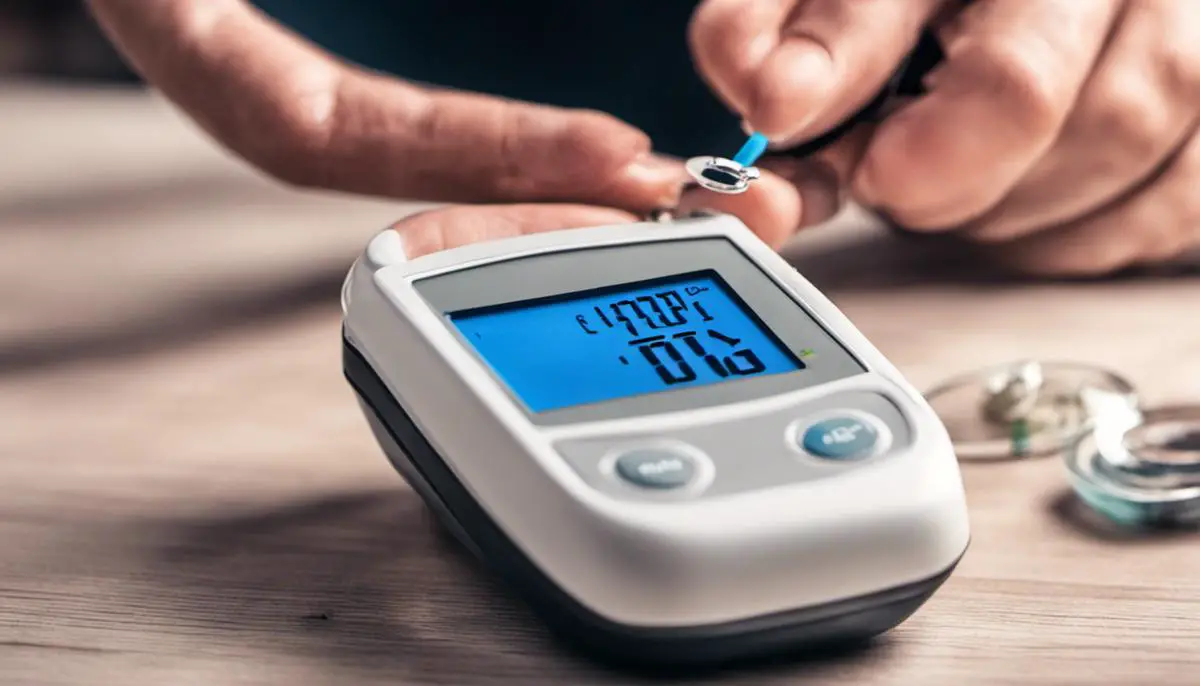Figuring out how to navigate hypoglycemia, a medical term for severe low blood sugar, can feel like a daunting task. But knowing is half the battle, which is why we dedicate this piece to provide you with a well-rounded understanding of what hypoglycemia is, what causes it, who is most likely at risk, and its connection with diabetes and other health conditions. Furthermore, we will delve into how to recognize the signs and symptoms of this potentially life-threatening condition. Knowing what to look out for could just make a difference for you or someone you care about. Lastly, we will provide some practical advice on what to do in an emergency, as well as how to manage this condition in the long run, whether that involves lifestyle adjustments, dietary changes, or even medication adjustments.
Understanding Hypoglycemia
Understanding Hypoglycemia
Hypoglycemia, commonly known as low blood sugar, occurs when the level of glucose in your body falls below its standard threshold. Glucose is the main source of energy for the body’s activities, and the levels of glucose are primarily controlled by the hormone insulin, produced by the pancreas.
Who is at Risk?
Diabetic individuals are the most prone to fluctuations in blood sugar levels. People with type 1 diabetes are especially susceptible to hypoglycemia because they rely on daily insulin injections to regulate their blood sugar. Those with type 2 diabetes, particularly those who are on medication for the disease, are also at risk.
However, hypoglycemia can also affect those without diabetes. Conditions such as critical illnesses, hormonal deficiencies, severe liver and kidney diseases can trigger hypoglycemia. Excessive consumption of alcohol, prolonged periods of fasting, and certain medications can also contribute to low blood sugar levels.
Identifying Low Blood Sugar Symptoms
Recognizing the symptoms of hypoglycemia is essential because severe hypoglycemia can lead to neurological complications, including seizures and unconsciousness. Early signs may vary from individual to individual, however, common symptoms usually include fatigue, irritability, nervousness, excessive sweating, accelerated heartbeat, and constant hunger.
If left untreated, severe hypoglycemia can escalate and lead to more alarming symptoms such as visual disturbances (like double vision and blurry sight), disorientation, pale skin, irregular heart rate, and in extreme cases, seizures or unconsciousness.
Hypoglycemia and Diabetes
Without proper management, both type 1 and type 2 diabetes can lead to episodes of hypoglycemia. This is often caused by skipping meals, taking too much insulin, over-exercising without adequate food, or drinking alcohol without eating. Diabetic people must always monitor their blood glucose level, adjust insulin doses as necessary and ensure a well-balanced diet to control their blood sugar levels.
Preventing Severe Low Blood Sugar
Prevention of severe hypoglycemia involves regular monitoring of blood glucose levels. Individuals at risk should observe their meal timings, serving sizes, and physical activity levels to prevent sudden drops in glucose levels.
For diabetic individuals, regular contact with their healthcare provider is crucial. Regular diabetes education and understanding the likely signs and symptoms of hypoglycemia can help them manage their condition effectively.
Addressing Hypoglycemia
Hypoglycemia, or severe low blood sugar, is initially treated by consuming 15 to 20 grams of glucose or carbohydrates. Food items such as fruit juice, honey or glucose tablets can provide these. For more intense circumstances, it may be necessary to administer intravenous glucose or injections of glucagon, a hormone responsible for triggering the release of glucose into the bloodstream.
Responding swiftly to the signs of hypoglycemia can lessen the possibility of grave complications and increase the odds of a prosperous recovery. As such, designing an urgent action plan, detailing the steps to undertake and people to contact in the event of severe symptoms, is crucial.
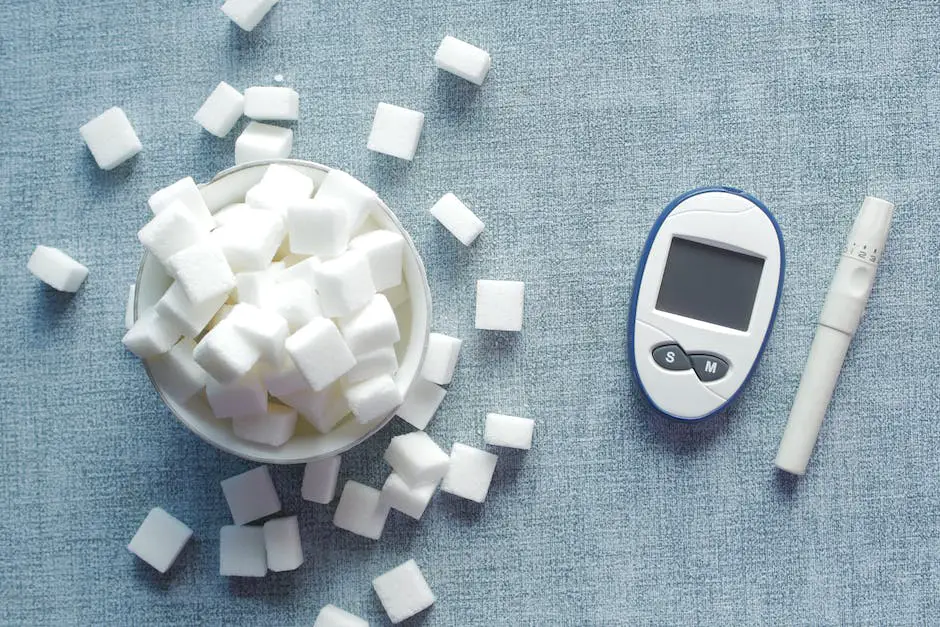
Identifying Severe Low Blood Sugar Symptoms
Comprehending Severe Low Blood Sugar
Severe low blood sugar, medically known as hypoglycemia, manifests when the body’s glucose levels plummet to an alarming low. Glucose levels in the blood act as the body’s chief source of energy, and, consequently, if these levels are insufficient, the body struggles to function effectively.
Common Symptoms of Severe Low Blood Sugar
Common symptoms can be both physical and mental. These include feelings of extreme hunger, trembling or shaking, sweating, rapid heartbeat, and feelings of nervousness or anxiety. Those experiencing severe low blood sugar can also feel dizzy, light-headed, or even faint. Nausea and vomiting can also occur, along with difficulty speaking, clumsiness, or lack of coordination.
Mental difficulties can include confusion, sudden mood changes, and behavior that’s out of character. Some people may experience feelings of unease, nervousness, or fear. In severe cases, one might experience seizures or loss of consciousness.
Less Common Symptoms of Low Blood Sugar
Less common symptoms can include blurred or impaired vision, headaches, nightmares or crying out during sleep, and tingling or numbness in the lips, tongue, or cheeks. Significant changes in behavior, such as irritability, argumentative tendencies, or unexplained tiredness, can also be warnings of severe low blood sugar.
Real-life Experiences with Severe Low Blood Sugar
Real-life testimony from someone who has experienced severe low blood sugar can illustrate the gravity of these symptoms. Susan, a 45-year-old woman living with diabetes, describes her experience: “I felt fine one moment and the next I was drenched in sweat and shaking uncontrollably. I couldn’t think straight, I was so confused and all I wanted to do was sleep. It was terrifying.”
Notable Behavioral Changes Of Severe Low Blood Sugar
There can be significant behavioral changes when a person is experiencing severe low blood sugar. Unusual aggression, frustration, or anxiety may be noticeable, and the individual might also exhibit signs of confusion, including difficulty speaking or a glazed look in their eyes. A person with hypoglycemia may also seem unusually clumsy or uncoordinated, having trouble with tasks that typically require manual dexterity.
Experiencing severe low blood sugar symptoms can vary from one individual to another. However, any group of these signs should provoke immediate concern. It’s crucial, especially for people with diabetes, to keep a careful track of blood sugar levels to avert a severe hypoglycemic incident.
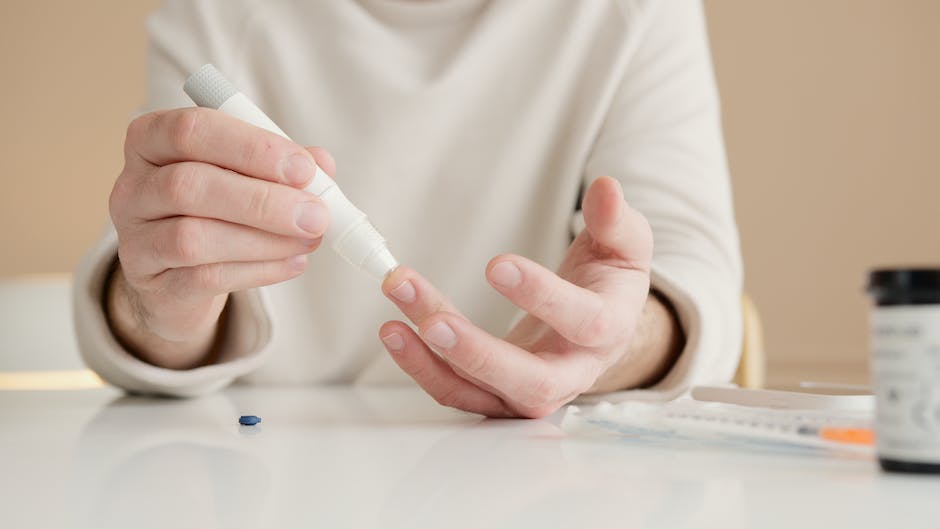
Immediate Treatment Steps for Severe Low Blood Sugar
Immediate Reaction to Severe Low Blood Sugar Indications
Swift action is essential when one displays signs of extreme hypoglycemia. The first step should be to verify their blood glucose levels using a home glucose meter, if accessible. Severely low blood sugar commonly refers to a reading below 70 mg/dL.
Symptoms of Severe Low Blood Sugar
Recognizing the signs of severe low blood sugar is crucial. Symptoms can develop rapidly and may include: confusion, irregular heart rhythm, shakiness, dizziness, sweating, hunger, irritability, unusual behavior, difficulty speaking, anxiety, unsteadiness or clumsiness, blurry vision, seizures, and potentially unconsciousness.
At-home Treatment Options for Severe Low Blood Sugar
In the event of a serious hypoglycemia episode, it is recommended to use glucagon, which is a hormone that stimulates your liver to release glucose into your bloodstream. Glucagon kits or nasal powder can be used at home following appropriate instructions.
Another immediate treatment could be eating or drinking quick-acting carbohydrates like fruit juice, soda, candies, or glucose tablets. It’s generally recommended to consume 15-20 grams of glucose or simple carbohydrates and check the blood sugar levels after 15 minutes and repeat until the blood sugar levels are stable.
When to Seek Medical Help
You should seek immediate medical help if the individual doesn’t regain consciousness within a few minutes after the glucagon administration or eating/drinking fast-acting carbohydrates. Medical help should also be sought if seizures last more than 5 minutes or if a person is physically unable to eat or drink due to altering consciousness levels.
Special Considerations for People Living Alone or Caring for Children with Hypoglycemia
People living alone with hypoglycemia should always have emergency contact details accessible. For individuals who live alone or who are unable to treat themselves, a service dog trained to respond to hypoglycemia can be extremely useful.
For children, ensuring that caregivers, teachers, and other responsible adults understand the signs of hypoglycemia and how to respond is vital. Always keep quick-absorbing sugar nearby and ensure others know about the child’s health needs. A solid emergency plan should be in place if severe hypoglycemia occurs.
Dealing with hypoglycemia, or severe low blood sugar, requires consistent monitoring of your blood sugar levels and being equipped with a well-prepared action plan. Taking decisive, well-thought-out steps while keeping a calm demeanor remains a crucial aspect of managing such situations.
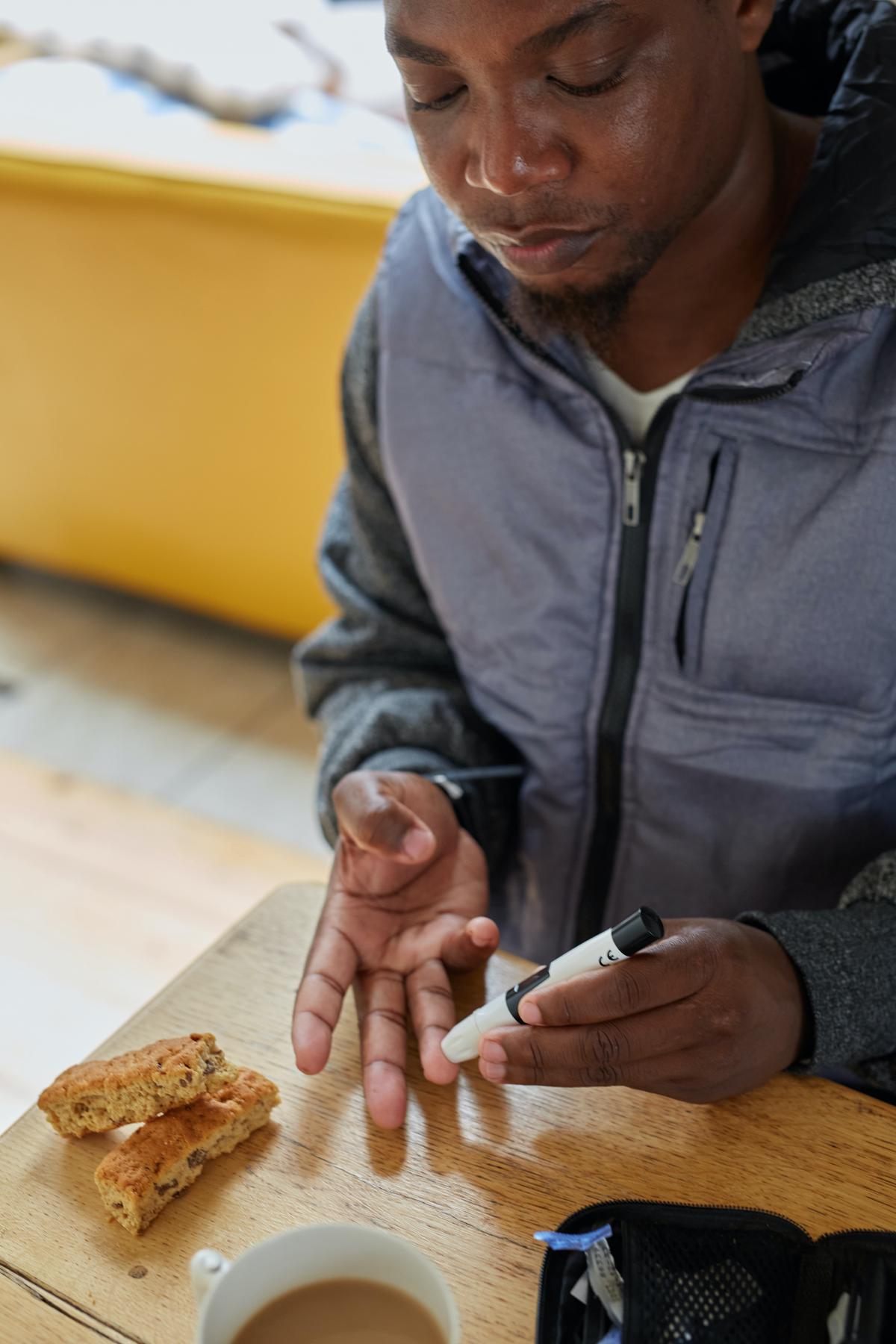
Photo by sweetlifediabetes on Unsplash
Prevention and Long-term Management of Hypoglycemia
Guarding Against Repeat Instances of Severe Hypoglycemia
Experiences of severe hypoglycemia can be both scary and potentially life-threatening. Ensuring that such incidents don’t happen again is of paramount importance and involves consciously making nutritional decisions, re-evaluating your lifestyle, reconsidering your medication if needed, and maintaining steadfast vigilance over your blood sugar levels.
Nutritional Advice
Regular meals and snacks are key to maintaining steady blood sugar levels. Focus on balance and consistency—aim for a mix of proteins, fats, and carbohydrates, with an emphasis on portion control and regular timing of meals. Foods high in fiber, such as whole grains, beans, and fruits, can help slow down the absorption of sugar into your bloodstream and prevent spikes and severe drops in blood sugar levels.
Avoid consuming large quantities of sugary foods and drinks, as these can cause rapid spikes and subsequent drops in your blood sugar levels. Alcohol can also interfere with blood sugar control. When drinking, ensure you eat food first to mitigate undesirable effects on your blood sugar balance.
Lifestyle Changes
Regular physical activity is essential as it helps your body use insulin more efficiently, potentially reducing the risk of low blood sugar episodes. Try to incorporate moderate exercises, such as walking or cycling, into your daily routine, but always check your blood sugar before and after workouts to ensure they’re not leading to hypoglycemia.
Stress and lack of sleep can affect your blood sugar levels. Try to develop positive stress management strategies—for example, deep-breathing exercises or meditation—and ensure you’re getting adequate sleep each night.
Medications and Healthcare Providers
Certain medications can potentially raise the risk of low blood sugar levels. Discuss your medication regimen with your healthcare provider, who may need to adjust your dosing or timing or change your medication altogether to help prevent low blood sugar levels.
Regular appointments with health professionals are crucial to managing your blood sugar levels. They can check whether you’re maintaining safe levels, review your symptoms, discuss your lifestyle and dietary habits, and adjust your treatment plan if necessary.
Monitoring Blood Sugar Levels
An important way to prevent severe hypoglycemia is to regularly check blood sugar levels, especially when introducing new foods or changing up your routine. ● Blood glucose monitoring devices provide quick and relatively simple readings. Continuous glucose monitors (CGMs), a newer technology, offer the ability to track your blood sugar levels in real-time, even while you sleep.
If you experience symptoms of low blood sugar despite following a regimen to maintain it, it’s vital to consult with a healthcare provider for a thorough assessment and appropriate adjustments.
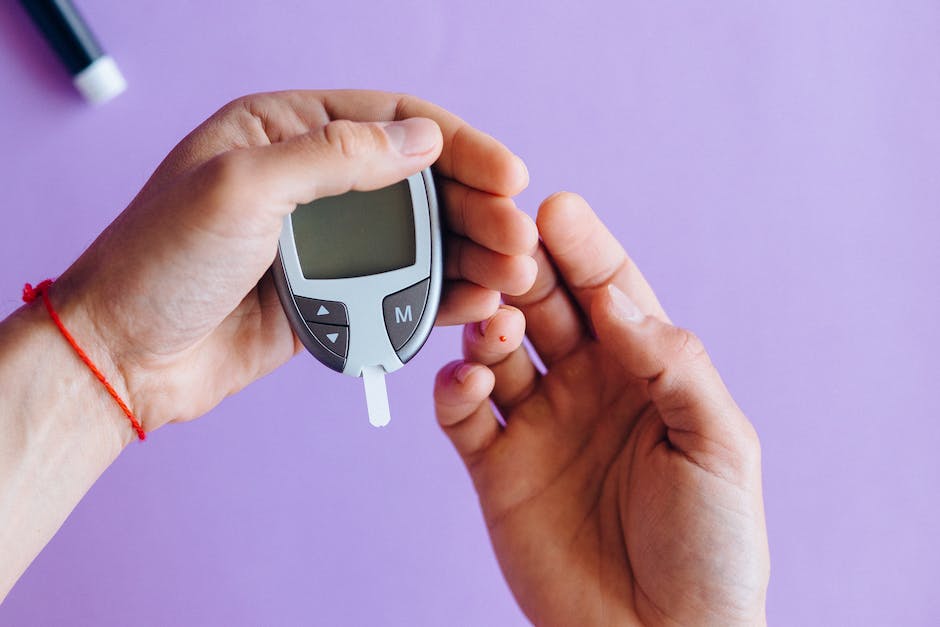
Being equipped with crucial knowledge about hypoglycemia, its symptoms, emergency responses, and preventive measures, can play a pivotal role in handling this health condition effectively and minimizing its potential harm. Remember, becoming and staying informed is not only beneficial for you but also for the people around you. After all, hypoglycemia isn’t something generally talked about, so by sharing this knowledge, you could potentially help someone else who didn’t even realize they were at risk. Encourage regular blood sugar level monitoring and establish a good rapport with healthcare providers for optimal management, and always remember that prevention is the best cure. Stay informed, stay vigilant and take proactive steps for better health and wellness.
